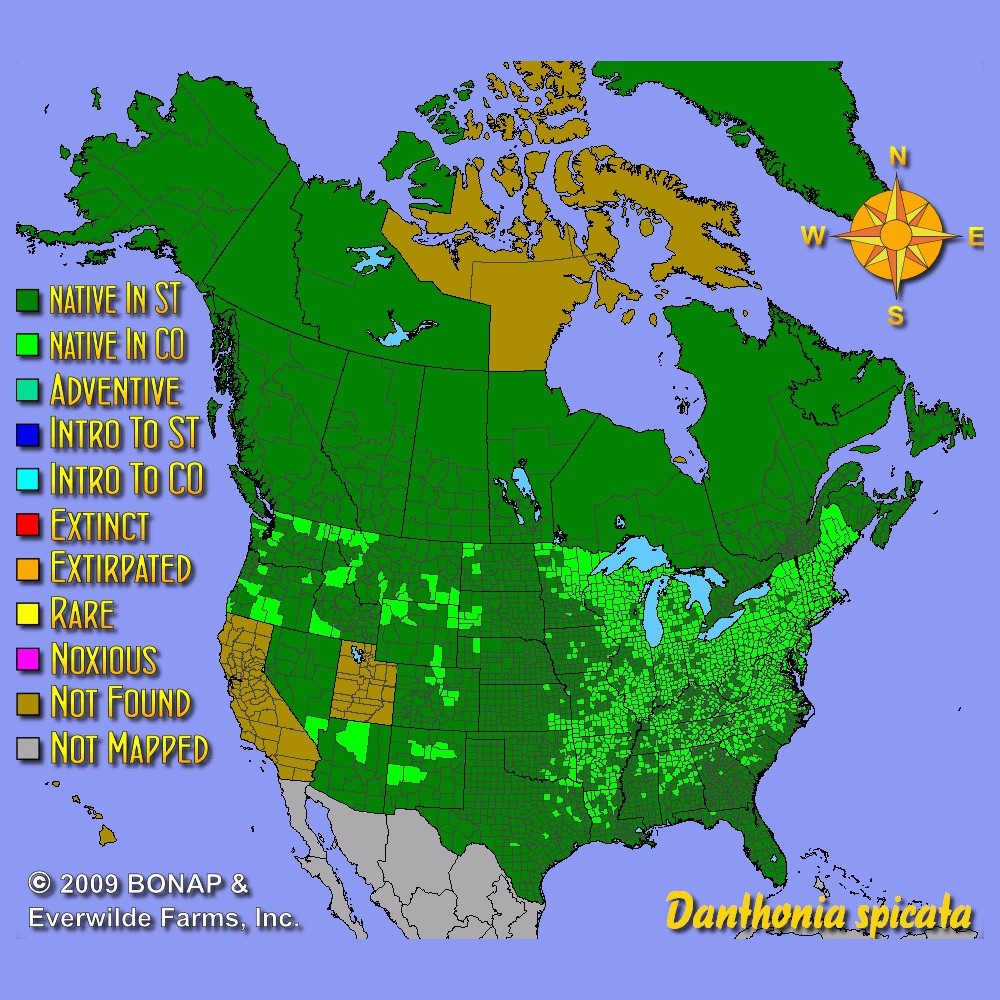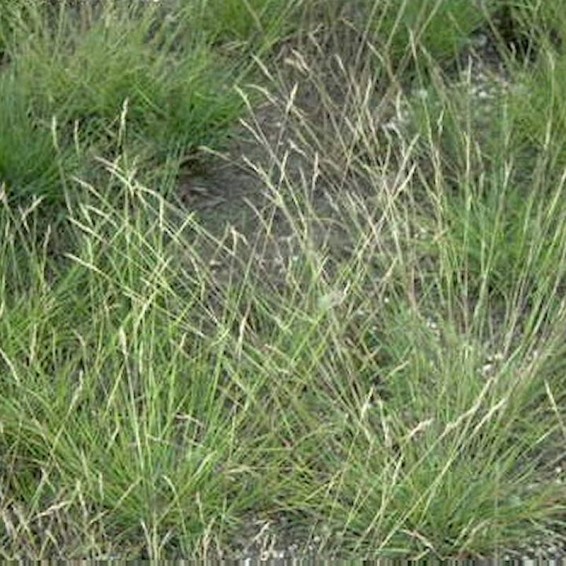Poverty Oat Grass Seeds
Danthonia spicata
- HOW TO GROW
- FAST FACTS
HOW TO GROW
Sowing: Direct sow either in late fall or early spring. Press the Danthonia Spicata seed into the surface of the soil, compacting the soil very firmly. Keep the soil lightly moist until germination.
Growing: Water seedlings regularly until they become established, and keep aggressive weeds down. This plant adapts well to a variety of soil types including sand, gravel, or rocky soil; it prefers dry, rocky soil and tolerates drought. Since it has no rhizomes, this plant does not spread.
Seed Saving: At the end of the season, the seed heads will begin to turn from green to brown. Remove them as soon as they ripen to their mature brown color, and spread them out to dry. Thresh them to separate the Danthonia Spicata seed from the stems. Store the Poverty Oat grass seeds in a cool, dry place.
FAST FACTS
Latin Name: Danthonia spicata
Species Origin: US Native Grass or Sedge
Type: Native Grasses, Cool Season
Life Cycle: Perennial
USDA Zones: 2, 3, 4, 5, 6, 7, 8
US Regions: Mountain, Arid/Desert, Plains/Texas, Midwest, Northern, Northeast, Southeast
Seeds per Ounce: 28,100
Stratification: No Stratification
Germination Ease: No Stratification
Sunlight: Full Sun, Part Sun
Height: 8 Inches
Color: Green, Brown
Bloom Season: Blooms Late Spring, Blooms Early Summer
DESCRIPTION

HOW TO GROW
Sowing: Direct sow either in late fall or early spring. Press the Danthonia Spicata seed into the surface of the soil, compacting the soil very firmly. Keep the soil lightly moist until germination.
Growing: Water seedlings regularly until they become established, and keep aggressive weeds down. This plant adapts well to a variety of soil types including sand, gravel, or rocky soil; it prefers dry, rocky soil and tolerates drought. Since it has no rhizomes, this plant does not spread.
Seed Saving: At the end of the season, the seed heads will begin to turn from green to brown. Remove them as soon as they ripen to their mature brown color, and spread them out to dry. Thresh them to separate the Danthonia Spicata seed from the stems. Store the Poverty Oat grass seeds in a cool, dry place.
FAST FACTS
Latin Name: Danthonia spicata
Species Origin: US Native Grass or Sedge
Type: Native Grasses, Cool Season
Life Cycle: Perennial
USDA Zones: 2, 3, 4, 5, 6, 7, 8
US Regions: Mountain, Arid/Desert, Plains/Texas, Midwest, Northern, Northeast, Southeast
Seeds per Ounce: 28,100
Stratification: No Stratification
Germination Ease: No Stratification
Sunlight: Full Sun, Part Sun
Height: 8 Inches
Color: Green, Brown
Bloom Season: Blooms Late Spring, Blooms Early Summer



